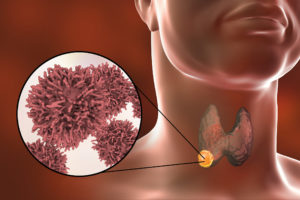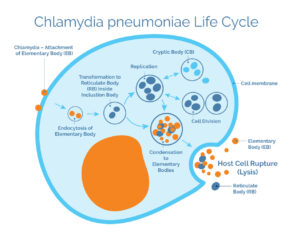Stiff-person syndrome (SPS) is a rare neurological disorder that develops over time and is marked by increasing muscle stiffness and painful muscle spasms. Muscle stiffness often changes (gets worse and then gets better) and usually happens with muscle spasms. Spasms can happen at random or be caused by a number of different things, like a loud noise or a light touch. Most of the time, there are no other neurological signs or symptoms. Each person with SPS is different in how bad it is and how quickly it gets worse. If SPS isn’t treated, it could get worse and make it hard for a person to walk. It could also make it hard for them to do normal, everyday things. Even though no one knows for sure what causes SPS, it is thought to be an autoimmune disorder and can sometimes happen with other autoimmune disorders.
Signs and symptoms
People usually start to show signs of SPS between the ages of 20 and 60, and the condition is most common in people in their 30s and 40s.
Some signs of SPS are:
- trunk muscles that are stiff and rigid
- trouble bending and turning
- The upper and lower limbs are stiff.
- a strange way of slouching
- stiff steps and trouble walking
- painful muscle spasms
- falls
- exaggerated startle reactions to things like sounds or feelings
People with SPS often have mental symptoms because they know that stimuli will cause spasms and because their social and physical lives are limited. These things are:
- depression
- anxiety
- fear of empty places
- fears about doing certain things that can cause spasms
- In the later stages of SPS, the muscles in the face can be affected. Some people may also have severe, long-lasting muscle spasms that need to be treated with muscle relaxants given through an IV. In rare cases, the disease can affect the muscles that help you breathe.
Causes
Scientists don’t know for sure what causes stiff person syndrome. But they think it’s an autoimmune disorder, in which the body’s immune system attacks healthy cells. Many people with this disorder have antibodies that attack an enzyme called glutamic acid decarboxylase (GAD). GAD helps make gamma-aminobutyric acid (GABA), a neurotransmitter that helps control how muscles move. People with stiff person syndrome may have an immune system that attacks the GAD enzyme by accident. This reduces the amount of GABA in the body.
Antibodies to a different protein called amphiphysin are sometimes found in people with this syndrome, but this is less common. This protein is found at the ends of nerve cells, and it helps nerve cells talk to each other.
No one knows for sure what role GAD plays in the development and worsening of stiff person syndrome. In fact, some people with the syndrome do not have any antibodies to GAD that can be found.
Risk factors
No one knows what makes a person stiff. This autoimmune disease, on the other hand, is very rare. About one person out of every million has this syndrome.
Also, SPS is twice as likely to happen to women as it is to men. Most of the people who get it are between 30 and 60 years old.
How to diagnose it?
Some ways to find out if someone has stiff person syndrome are:
- serum anti-GAD (glutamic acid decarboxylase) 65 antibody
- antibody to serum amphiphysin
- a number of other autoantibodies in the blood, the hemoglobin A1c level, and vitamin levels
- lumbar puncture
- MRI scans of the head and back
- neurophysiological studies (electromyography, or EMG)
- Fluorodeoxyglucose-positron emission tomography (FDG-PET) and computerized tomography (CT) scans of the whole body are used to look for cancer.
- mammogram
Treatment
- Diazepam or balofen
- IV immune globulin (IVIG)
- Sometimes rituximab or plasma exchange.
- There are ways to treat the symptoms of stiff-person syndrome. Diazepam is the drug of choice because it always works to relax stiff muscles. If diazepam doesn’t work, baclofen can be given orally or directly into the spinal cord.
- Corticosteroids are said to work, but they have a lot of bad effects in the long run.
- Improvements from IVIG can last for up to a year. If a patient doesn’t respond to IVIG, doctors may suggest rituximab or plasma exchange.
Outcome of SPS
The outlook for stiff person syndrome is hard to predict, and most people don’t get better on their own. Many patients have a slow progression that is mostly painless and is broken up by times when they feel stiff. Some patients’ diseases may move much more quickly into the late stages, which is a much more aggressive course.
Prognosis for stiff baby syndrome is perhaps better. Most people think that it will get better on its own as the CNS develops. There aren’t enough long-term studies, which is a shame.
Stiff person syndrome can be made better with intravenous immunoglobulin (IVIG), anti-anxiety drugs, muscle relaxants, anti-convulsants, and pain relievers, but it can’t be cured. Most people with stiff person syndrome fall down often and hurt themselves badly because they don’t have the normal defense mechanisms. Most of the time, the symptoms are well controlled by the right treatment.



